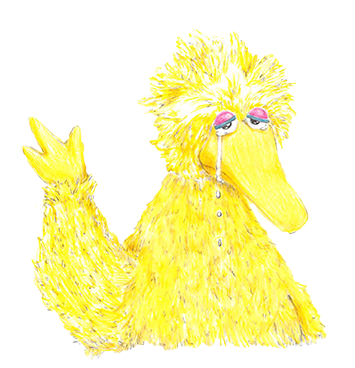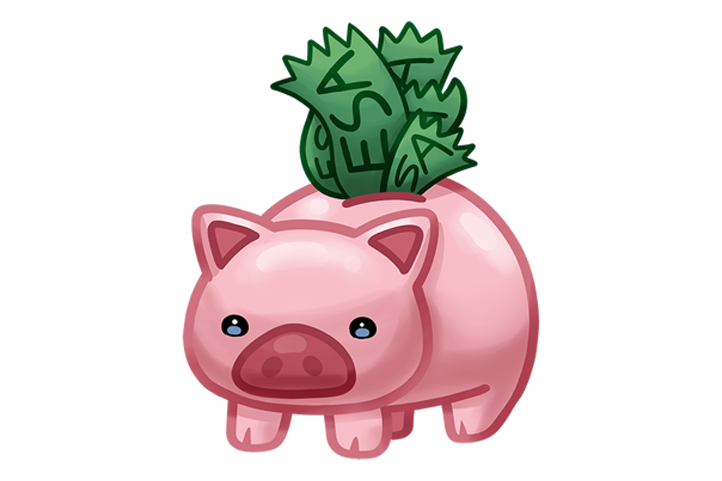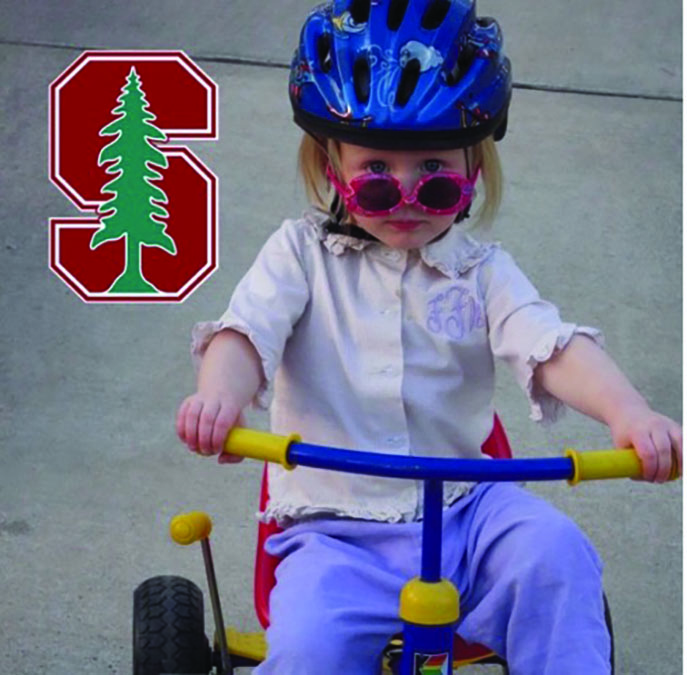It’s no secret that people’s interest and desire for novel technology has grown over time – Apple recently reported that from January 2008 to March 2015, approximately 700 million iPhones were sold worldwide. Additionally, schools around the world, even those in developing countries like India, are implementing STEM programs into their curriculums.
But this positive trend doesn’t apply to everyone. Despite increased awareness and financial initiatives, female participation in computer science and engineering fields has drastically decreased over the last 20 years.
According to a 2015 study by the American Association of University Women, the percentage of women in computer and mathematical occupations has decreased from 35 percent in 1990 to 26 percent in 2013.
The burning question of why remains unanswered.
Men have always been more involved in STEM careers than women – it’s a fact that’s been around for decades. Senior Bella Manganello experienced this gender gap first-hand during the summer after sophomore year. She took an eight-week course in computer science at Cornell University in a coding language called Python. Among 40 to 50 students in the class, she was one of only six girls.
“When you think of a scientist, you usually think of a male. It’s just kind of a culture thing, which is frustrating and not easy to break down because it’s been around for a while,” Manganello said.
Because of this historical trend, men in today’s society are encouraged, perhaps even expected, to pursue a math or science major. St. Mark’s junior Ivan Day, who hopes to major in an engineering-related field, has noticed this tendency.
“Early on in their development, men are just pushed toward those STEM fields by teachers and society, so it makes women less inclined [to pursue a career in that field] and they grow up with these feelings that ‘Well, only guys are doing this; I’m not accepted,’” Day said. “It’s unfortunate.”
Day’s AP Computer Science teacher Kurt Tholking attributes the gender imbalance to disproportionate support from teachers, specifically outside the realm of single-sex education.
“A lot of it has been the teachers pushing the male students more than the female in a co-ed school,” Tholking said. “There’s no reason at all that female teachers and male teachers can’t push female students.”
However, there’s also a widespread stigma that exists around computer science, which often deters students from partaking in such courses. Senior Camila Trejo, who is currently taking AP Computer Science, described this stigma and said that “computer science is generally looked at as a field in which you have to be really smart if you’re going to be successful at it.”
While it may require a unique and higher-level of thinking, it’s certainly not impossible to learn. Rachel Grabow, who teaches AP Computer Science at Hockaday and grew up loving math, emphasizes that computer science doesn’t need to be a male-dominated field.
“There’s nothing masculine about it,” Grabow said. “It’s sort of fun to program and code and get the computer to do stuff for you and sort of learn how to problem solve that way.”
St. Mark’s Lower and Middle School Computer Science teacher Kendall Murphy equates learning about computers to learning another language – it has no bounds.
“There’s no age limit to computer science, and that’s what’s amazing about it; that’s what’s magnetic about it,” Murphy said. “There’s no requirement. You just have to learn it, and then you can go as far as you want.”
Unfortunately, many schools lack courses at the Lower School level, which is a huge impediment for young students who want to learn more about computer science.
Although some schools are unable to establish computer science programs due to their funding, schools that have the financial resources should take advantage of them.
“A lot of times, kids aren’t introduced to computer science until either late high school years or college, and no one’s going to go into college and major in something that they’ve never heard [of],” Murphy said. “We really need to cater to that interest of those students and nurture that ability.”
Society is starting to realize the importance of stimulating students at the elementary level: programs like Scratch, Tynker and Khan Academy’s Hour of Code are all geared toward making computer programming something that children can understand.
Tholking believes these programs are instrumental. “Little kids can learn the concepts of programming, and they get interested at an early age,” he said. “That’s where we develop from the Lower School to the Middle School, and then that way they have the interest when they get to the Upper School.”
And this interest isn’t something that only boys have. Trejo never knew she liked coding until she started taking the AP course.
“I actually wish I would’ve started earlier,” Trejo said. “I think it is really interesting, and I think girls don’t know that they’re interested in it because they’ve never been exposed to it.”
While females may be interested, their male counterparts aren’t all that motivating in some situations.
“[In college], you would definitely come across guys who wouldn’t take you seriously because you were a girl in the engineering department,” Grabow said. “It’s something that still goes on.”
And that’s the problem: it shouldn’t still go on. In fact, it’s in society’s best interest: According to code.org, there are currently 1.4 million computing jobs available and only 400,000 computer science students.
However, Hockaday is on the forefront of encouraging young girls to take more advantage of the “T” in STEM. Lower School classrooms are using iPads to work on projects, Middle School students are learning about web design and the Upper School has introduced a new engineering design course this year.
Grabow believes that being at an all-girls school has its perks when it comes to increasing confidence about computer science.
“I think it’s really great to take the class now in high school, especially at a place like Hockaday where you don’t have to worry about guys dismissing ideas in class,” Grabow said.
So if you’re a girl who’s interested in being a little nerdy, don’t be afraid.
“Everyone has to start somewhere. Even if you have no idea what computer science is or what programming involves, just try it,” Grabow said. “I think it’s something that anyone can learn, and I think it’s really fun.”








